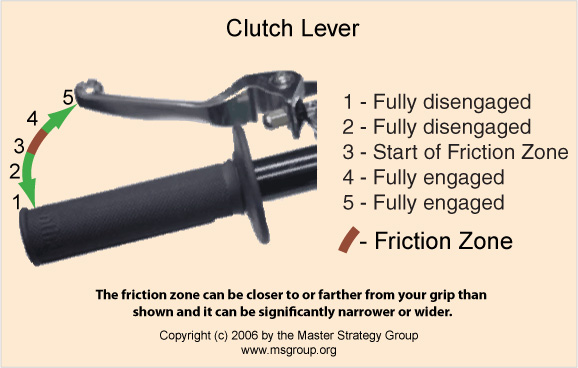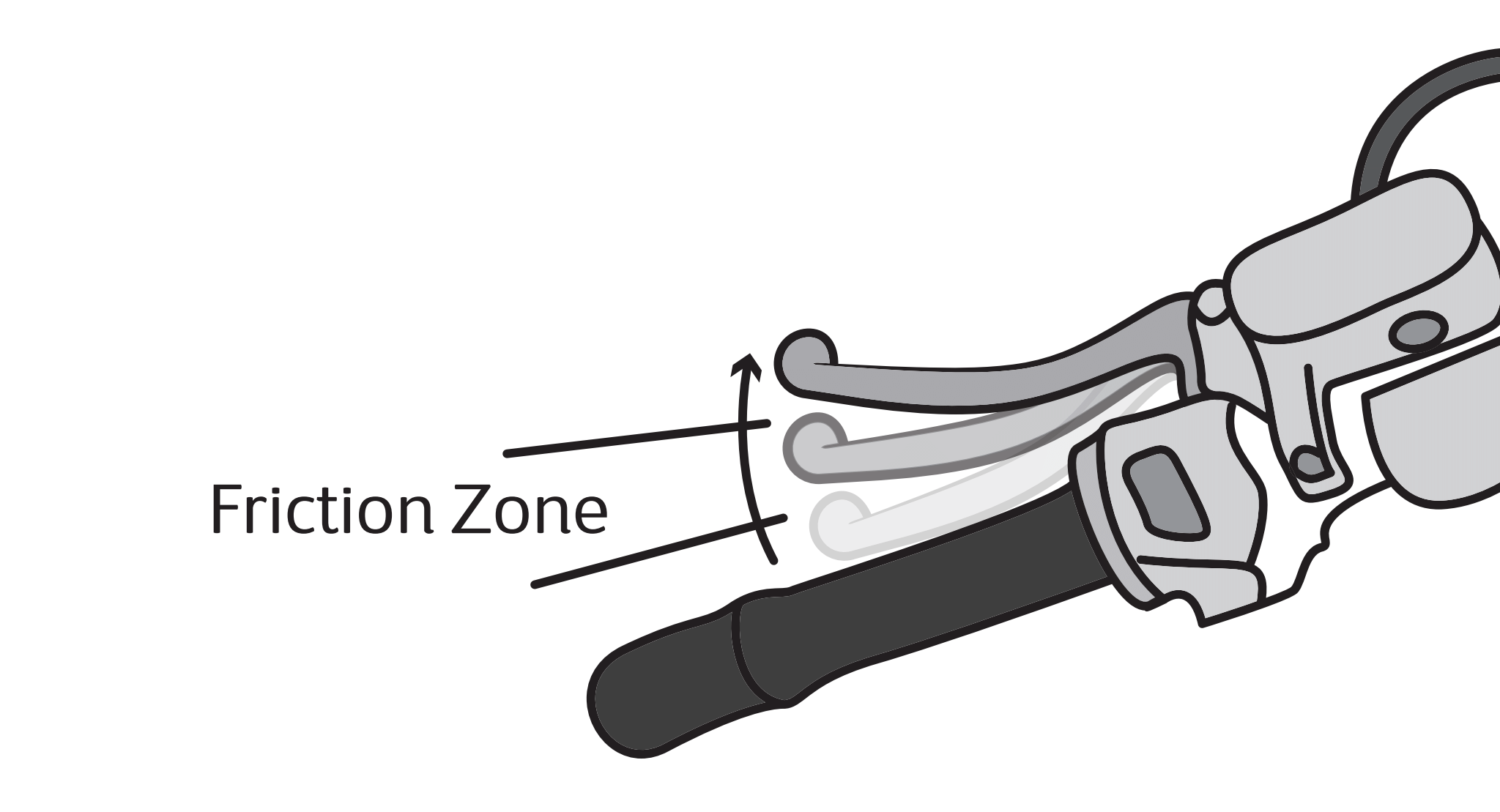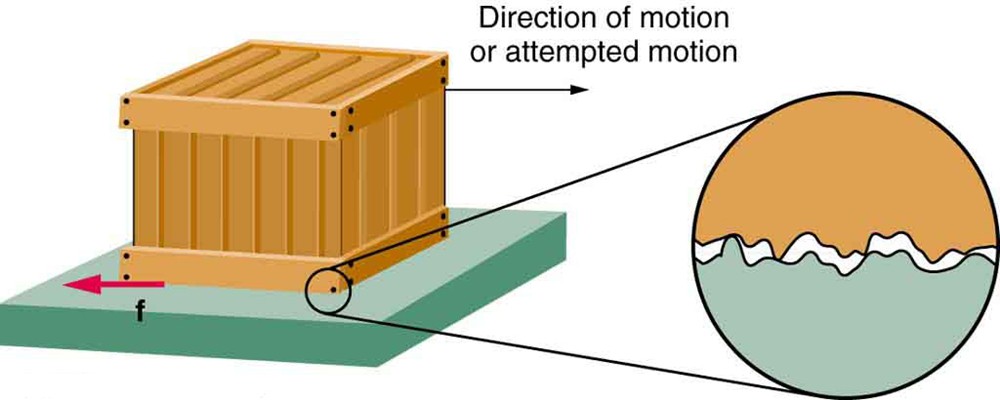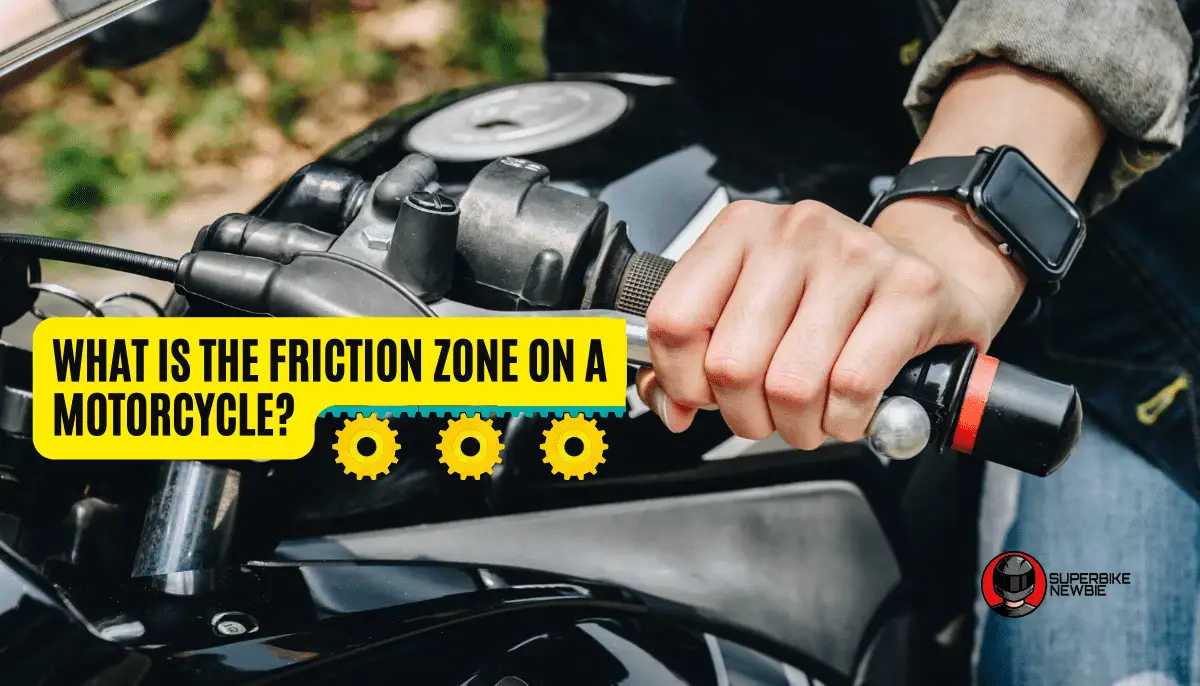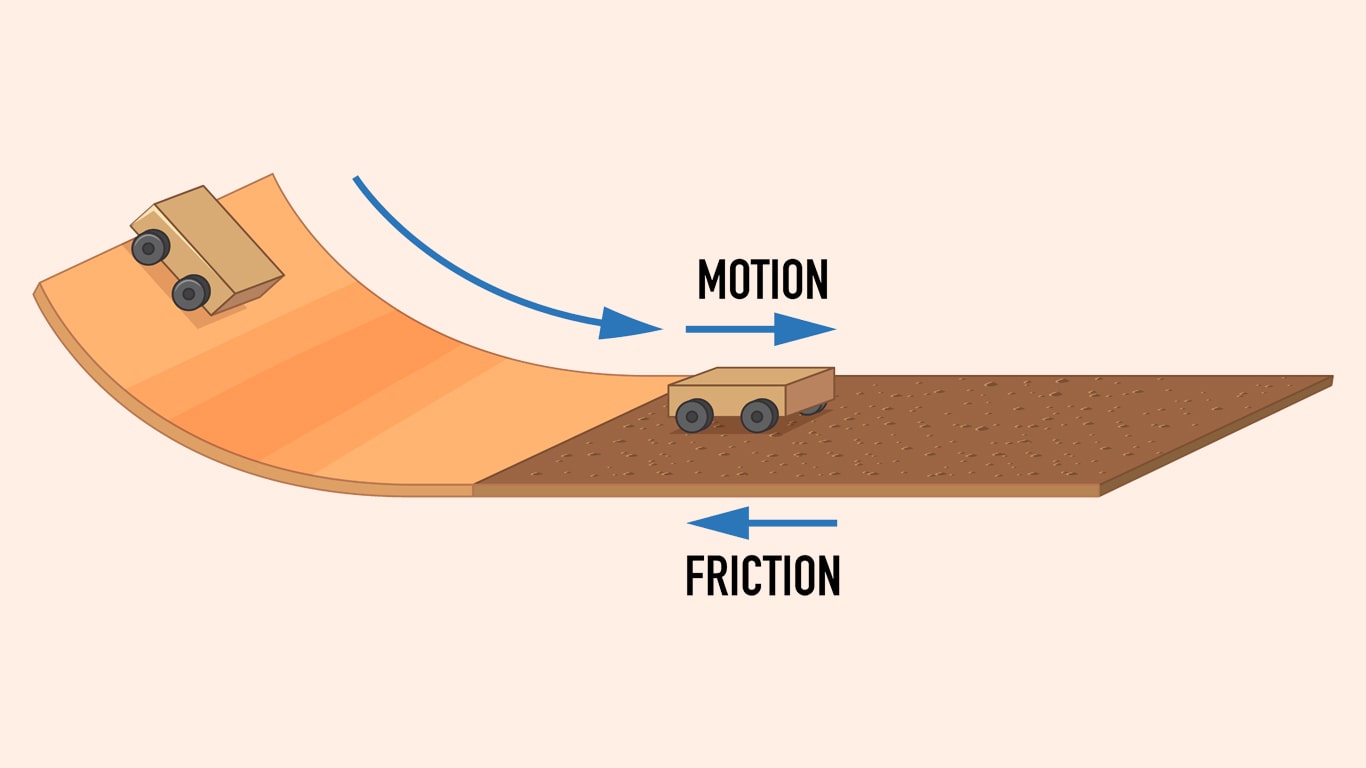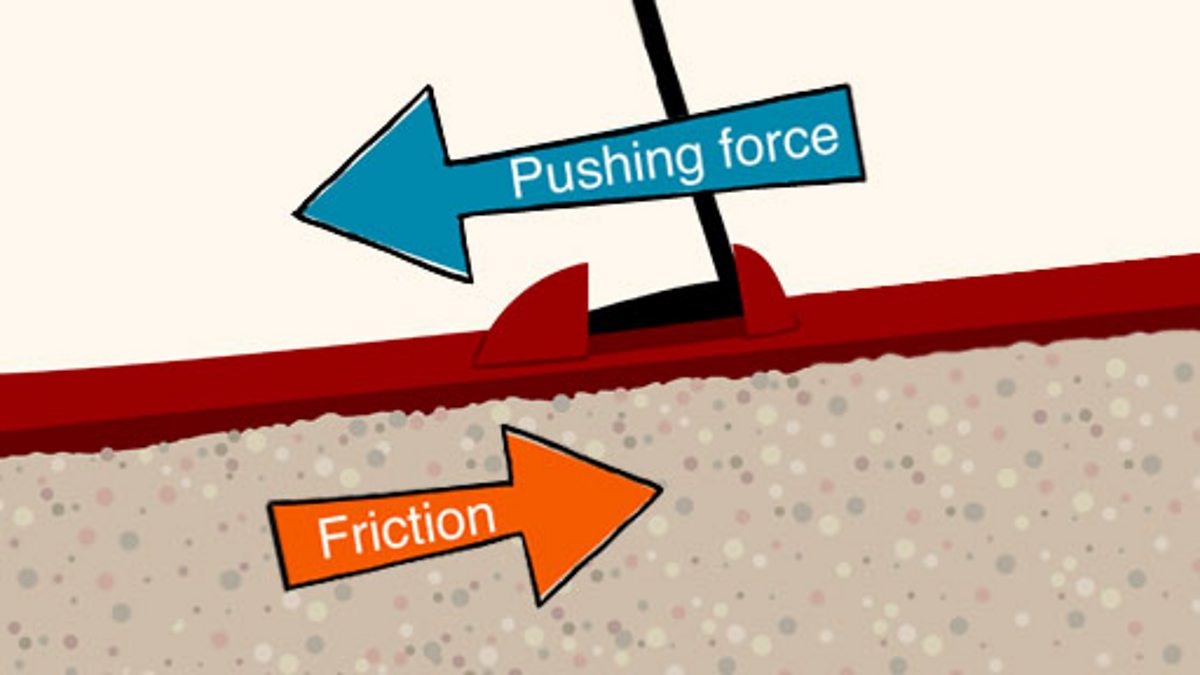Proper Use Of The Friction Zone Makes It Easier To:

The afternoon sun cast long shadows across the dusty parking lot of the motorcycle training academy. Engines sputtered to life, a symphony of controlled explosions echoing between the brick buildings. Sweaty palms gripped handlebars as new riders, faces etched with a mixture of excitement and apprehension, prepared to tackle the dreaded friction zone, the key to unlocking motorcycle mastery.
Mastering the friction zone – the delicate balance point between clutch engagement and disengagement – is paramount for motorcycle control. It's the secret ingredient that transforms a jerky, stalling machine into a smooth, responsive extension of the rider's will, opening doors to effortless slow-speed maneuvers, confident starts on hills, and enhanced overall safety.
The friction zone isn't just about avoiding stalls; it's about unlocking the motorcycle's full potential. It’s the gateway to confident control, especially in tricky situations. Understanding this concept can significantly improve rider safety and enjoyment.
The Art of Slow Speed Control
For many new riders, the friction zone is a source of frustration. It's a dance between the throttle, clutch, and rear brake that requires coordination and finesse. Many beginners struggle with finding the sweet spot.
Think of it like this: the clutch is a volume knob, controlling the flow of power from the engine to the rear wheel. In the friction zone, you're subtly adjusting that knob, using just enough power to keep the bike moving slowly and steadily.
"The friction zone is your friend, not your enemy," says Sarah Miller, a certified motorcycle instructor at RideSafe Academy. "It allows you to maintain balance at slow speeds, making tight turns and navigating obstacles much easier."
Practicing slow speed maneuvers in a controlled environment is crucial. Start with simple exercises like riding in a straight line at walking speed, using only the friction zone and rear brake to maintain balance.
Progress to figure eights and U-turns, gradually increasing the difficulty as you become more comfortable. Remember to keep your head up and look where you want to go; the motorcycle will follow your gaze.
Hill Starts Made Easy
Hill starts can be intimidating, even for experienced riders. The fear of rolling backward and potentially colliding with another vehicle is a common anxiety.
However, mastering the friction zone can transform a potentially stressful situation into a smooth, controlled start. The technique involves using the rear brake to hold the bike in place while simultaneously applying throttle and easing out the clutch.
As the engine begins to engage, you'll feel the bike wanting to move forward. Release the rear brake gradually, maintaining that delicate balance between throttle and clutch. With practice, you'll be able to launch confidently uphill without any backward roll.
Mark Johnson, author of "Motorcycle Mastery: A Comprehensive Guide," emphasizes the importance of coordination. "Hill starts are all about timing. It’s about finding that sweet spot where the engine has enough power to overcome gravity, but not so much that it causes the rear wheel to spin."
Enhancing Overall Safety
Beyond slow speed maneuvers and hill starts, the friction zone plays a vital role in enhancing overall motorcycle safety. It provides a degree of control that can be invaluable in unexpected situations.
For example, if you find yourself needing to quickly adjust your speed in traffic, the friction zone allows you to do so smoothly and precisely. It's far more controlled than abruptly chopping the throttle or slamming on the brakes.
In low-traction situations, such as wet or gravelly roads, the friction zone can help prevent wheelspin and maintain control. By carefully modulating the power delivery, you can avoid sudden bursts of acceleration that could lead to a loss of traction.
"Riding is about finesse, not brute force," explains Dr. Emily Carter, a motorcycle safety researcher at the National Highway Traffic Safety Administration (NHTSA). "The friction zone is a tool that allows riders to maintain control and react smoothly to changing conditions."
The Science Behind the Smoothness
The science is rather simple. The friction zone is the area where the clutch plates are partially engaged. This allows a controlled amount of power to flow from the engine to the transmission.
By manipulating the clutch lever within this zone, riders can fine-tune the power delivery to the rear wheel. This fine-tuning is essential for maintaining balance and control at low speeds.
Understanding this mechanical advantage allows for more precise maneuvering, which is particularly useful in challenging environments or during complex riding techniques.
Regular practice helps build muscle memory. Over time, riders develop a feel for the friction zone, making it second nature to adjust the clutch, throttle, and brake in a coordinated manner. This coordination enhances safety and control.
Beyond the Basics: Advanced Techniques
Once you've mastered the basics of the friction zone, you can begin to explore more advanced techniques. These include using the friction zone to feather the throttle through corners, maintaining a constant speed while navigating rough terrain, and performing trials-style maneuvers.
These advanced techniques require a high degree of skill and coordination, but they can significantly enhance your riding abilities. They also further showcase the versatility of the friction zone.
Consider practicing with experienced riders or taking advanced riding courses to further develop your skills. Remember to always prioritize safety and ride within your limits.
"The friction zone is the foundation upon which all other motorcycle skills are built," emphasizes David Thompson, a renowned motorcycle stunt rider. "Master it, and you'll unlock a whole new level of riding confidence and capability."
A Lifelong Learning Journey
Mastering the friction zone isn't a one-time achievement; it's an ongoing process. Even experienced riders can benefit from regularly practicing their slow speed skills and refining their clutch control.
Attending advanced riding courses, watching instructional videos, and seeking feedback from other riders can all contribute to your continuous improvement. Embrace the journey of learning and perfecting your skills.
The more you practice, the more intuitive the friction zone will become. It will seamlessly integrate into your riding style, allowing you to effortlessly control your motorcycle in any situation. As your skill increases, so will your confidence and safety.
As the sun dipped below the horizon, the parking lot of the motorcycle training academy emptied out. The day's lessons had been challenging, but rewarding. The new riders, now armed with a better understanding of the friction zone, were one step closer to unlocking the joys of motorcycle riding. The subtle hum of motorcycle engines faded into the night, carrying with it the promise of countless miles of confident and controlled riding.


